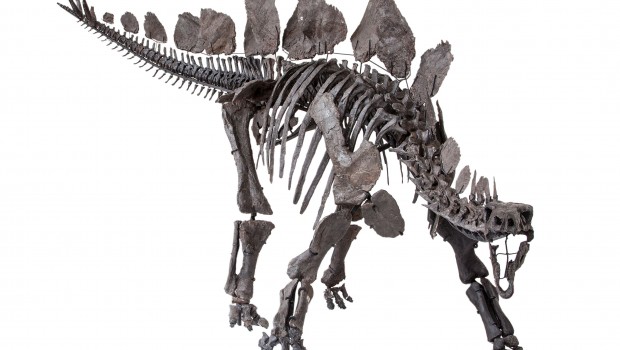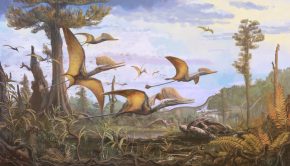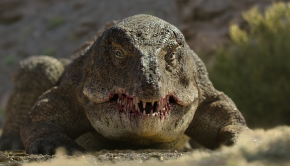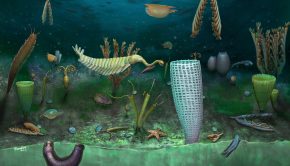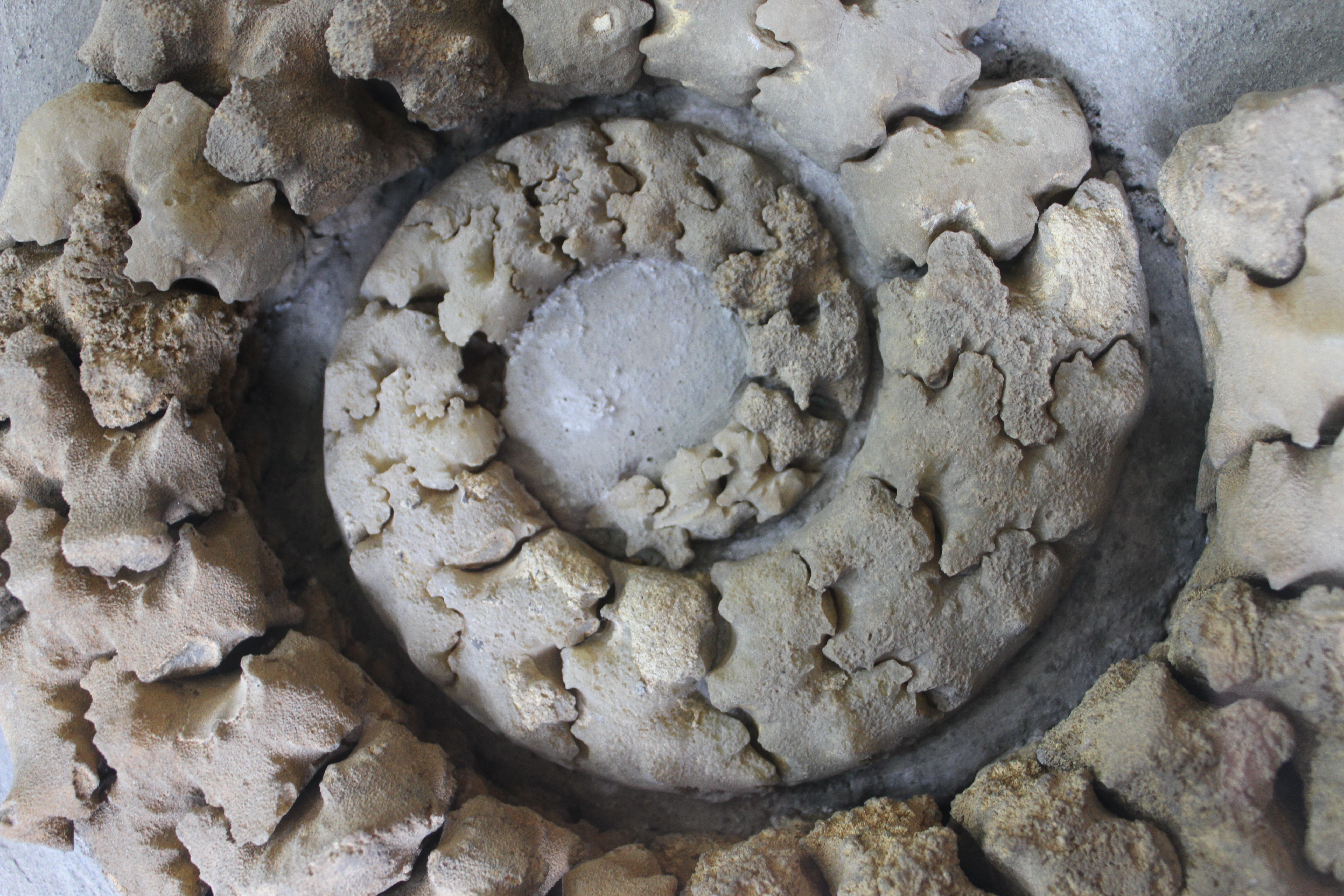Stegosaurus mass estimation
There’s been lots of news about Sophie the Stegosaurus at the Natural History Museum in London lately, and last week a paper came out estimating the mass of this nearly complete specimen.
We spoke to lead author Charlotte Brassey about this study – “In our new paper, we compare different techniques for estimating the mass of extinct animals. The mass of an organism dictates how it moves through the environment and how it interacts with other individuals. Before we answer questions about how fast Tyrannosaurus rex could run, or how much food Diplodocus consumed in a day, or indeed whether a weasel really could ride a woodpecker, we need a reliable estimate of body mass.
The common approach to predicting mass is to use a straightforward scaling model. We collect measurements of leg bone length or circumference in a big sample of modern animals, and then look at the relationship between this property and body mass. Once we understand this pattern in modern animals, we measure the same property in fossil species and apply this relationship to estimate mass. The benefit of this approach is that it can be applied to isolated bones. Considering most fossil skeletons are incomplete, this is often the only way we can calculate body mass in fossil species.
On very rare occasions, however, we find something exceptional. ‘Sophie’ is a very complete specimen of Stegosaurus stenops on display at the Natural History Museum, London. When such a large proportion of the skeleton is preserved, we can use volumetric methods to estimate mass. In this paper we’ve applied a technique called ‘convex hulling’ to Sophie, in which shrink-wrap shapes are fitted around a 3D digital model of the skeleton to calculate minimum volume. Then, using the relationship between minimum volume and mass in modern animals we calculated previously, we reconstructed Sophie’s mass as around 1.6 tonnes.
When we compared this value to estimates calculated from limb bones alone, at first we found a huge discrepancy. Based on these measurements, we’d expect a dinosaur weighing over 3 tonnes. However, we recognised that this specimen was still teenage when it died. And intuitively we understand that animals change their bodily proportions as they grow (human babies does not look like scaled down adults!). When we corrected our estimates for the fact that Sophie had not finished growing, both techniques agreed closely.
Our results highlight the value of exceptionally complete fossils, and emphasise the importance of determining the growth stage of the specimen. Now we have a reasonable idea of Sophie’s mass, we will move on to answer questions about Stegosaurus locomotion, feeding behaviour and the functioning of those iconic back plates.”
This paper has been published open access and can be viewed by anyone here:
http://rsbl.royalsocietypublishing.org/content/11/3/20140984
Image copyright: the Natural History Museum, London

